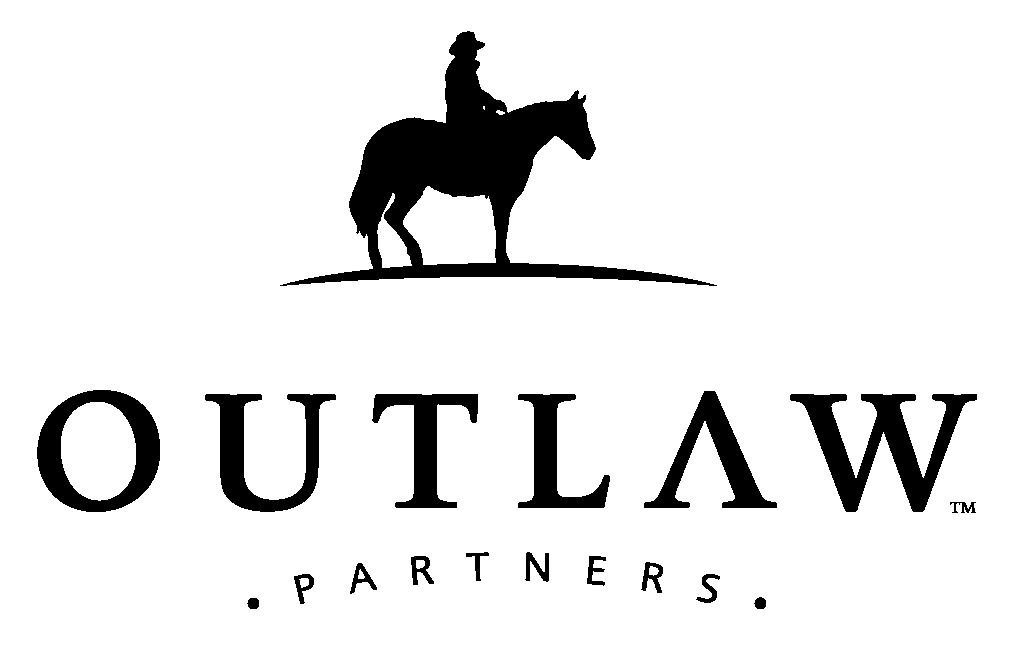Gallatin Valley’s ongoing growth continues to bring innovation, sustainable developments and a thriving economy to Southwest Montana
OUTLAW REAL ESTATE PARTNERS
The Gallatin Valley is in the midst of a transformation—a unique one that resists national trends. At the forefront of this evolution is Bozeman’s growth as a hub for tech companies looking for new locations that support a thriving economy, forward-thinking development, strong community values and a resilient real estate market that fuels professionals in relocating where the quality of life parallels a secure job market.
At the forefront of Bozeman’s evolution is Montana State University’s 42-acre Innovation Campus, led by Executive Director Mark Sharpe. Sharpe is a strategic visionary whose leadership over the past five years has helped shape the region’s economic future.
The Innovation Campus is designed to foster collaboration between MSU researchers, entrepreneurs, and companies focused on science, technology and sustainability. Here, respected businesses work directly with MSU faculty and students to apply academic research to real-world applications.
Sharpe’s mission is to continue to grow the campus as a magnet for startups and tech firms looking to base operations in a region equally known for a desired lifestyle and deep talent pool.
“Timing can be everything,” Sharpe said. “We are currently working on some significant things that have been the catalyst to put us on the map around the country. And we can’t let our foot off the gas, so that we can continue to be seen like we have over the past couple of years.”
With a background in fostering and leading projects like the Innovation Campus, Sharpe oversees the ongoing development of the space at MSU, which is designed to bridge academia and industry.
Sharpe mentioned notable projects such as EngineWorks Bozeman, the 87,000 square-foot facility that offers customizable workspaces and shared amenities for long-term tenants. It attracts startups and established companies to collaborate while establishing jobs within the area such as the self-driving vehicle technology company, Aurora’s 78,000 square foot facility with world-class manufacturing space, research and development laboratories, as well as a recent applied research laboratory for the U.S. Department of Defense with national security clearances usually found only on military bases.
“We’re at the tip of a massive iceberg here,” Sharpe said. “We’re gaining more and more respect as a research university that applies to the region and the entire nation.”

Sharpe added that unlike cities such as Austin, Texas, and Boulder, Colorado—which are also experiencing rapid growth due to their quality of life, growing academic opportunities and booming economies—Bozeman fosters a community that is more sensitive to sustainable growth, primarily for the established residents, MSU graduates and new families to the area.
“We want to create more industry and more jobs in the area so that many of our students can settle here after graduation with professional jobs and professional salaries. We hear from students all the time that to stay in the area after graduation would be ideal.”
Sharpe also mentioned that the City of Bozeman, the Bozeman Chamber of Commerce, the Montana Chamber of Commerce and the Montana Department of Commerce are key partners in strategic planning for the growth of the Innovation Campus and finding sustainable approaches to the economic growth in Gallatin Valley.
“I speak to all of these organizations every single day,” Sharpe said.
Brit Fontenat, director of economic development for the City of Bozeman and a member of the Innovation Campus Board, spoke to how MSU and the City of Bozeman continuously work together in strategic planning to attract talent to the area.
“We are a magnet to attract the best students in the state, and on the radar for many companies around the country,” Fontenat said. “From our facilities to our research in areas such as precision agriculture, quantum and photonics, to our quality of life and outdoor opportunities, we have what it takes to support a livable community while providing more economic opportunities.”
This spirit of innovation echoes throughout the Gallatin Valley. At the center of the valley’s real estate success is a city that continues to outperform national housing markets. While many areas across the U.S. are experiencing stagnation or decline, Bozeman remains a growing market, with homes moving briskly and property values holding strong. The secret lies in the area’s consistent migration of professionals, remote workers and families drawn to the outdoor lifestyle, strong schools, vibrant community and expanding amenities.
Companies like Outlaw Real Estate Partners are helping meet this demand with a collection of strategic developments. Their residential and commercial projects are thoughtfully designed to blend modern Montana aesthetics with practical functionality, supporting both the housing needs of a growing population and the infrastructure of a thriving business community. From mixed-use spaces to upscale mountain town living, Outlaw’s developments are emblematic of Bozeman’s growth—intentional, innovative and community-centered.
“Our projects, such as Wildlands on North Wallace, and Cloverleaf on East Peach Street, exemplify thoughtful urban planning that balances growth with community needs,” said OREP Managing Partner and Chief Investment Officer, Mike Magrans.
Another key contributor to Bozeman’s continued expansion and economic boom is Bozeman Yellowstone International Airport, which has rapidly become Montana’s busiest airport and one of the fastest growing in the nation, further enhancing the region’s accessibility, supporting both tourism and business travel.
“The steady addition of new direct flights, including those to major cities around the country, has dramatically increased accessibility to the region,” Magrans said. “This connectivity fuels not only tourism but also attracts investment and relocation, enabling professionals to maintain business ties while enjoying southwest Montana’s lifestyle. It’s why many of us were able to relocate during COVID and have stayed to raise our families here.”
Magrans added that Big Sky now serves as a major economic engine for Gallatin Valley too. With luxury resorts, year-round recreation and a fast-developing infrastructure, Big Sky has amplified interest in Southwest Montana real estate.
“Big Sky’s growth has created ripple effects throughout Gallatin Valley, boosting job creation, service industry demand and high-end real estate interest in nearby towns,” Magrans said.
While many longtime residents of Gallatin Valley continue to voice concerns that Bozeman, like Big Sky and its surrounding towns, is becoming unaffordable to most families, young professionals and working populations, the region’s unique blend of innovation, strategic development and appealing lifestyle continues to position it as a standout in the national landscape.
The collaborative efforts of institutions like Montana State University, proactive developers and supportive infrastructure ensure that the Gallatin Valley continues to thrive, offering a compelling model for sustainable growth.
“Growth is a good thing. We’d rather be a community that is growing than losing population,” Magrans said. “But it’s also our duty as developers to create public space, open space, trail systems and more that contribute to the quality of life in the area too.”














